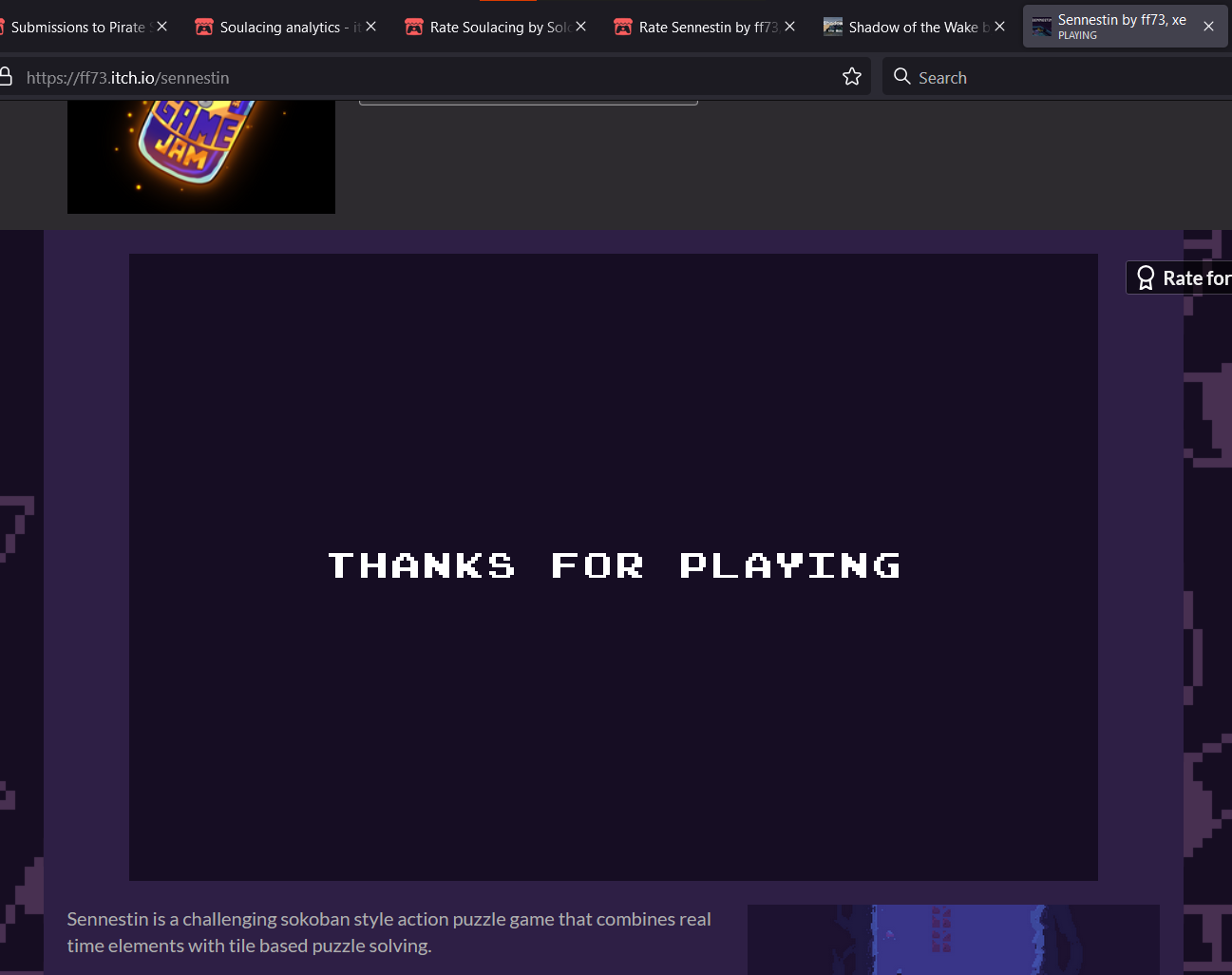Spent the last day completing the entire game without using the guide (apart from one specific level where I needed a hint because the level design was poor imo), which took a few hours to complete as some levels were pretty difficult. Proof of completion:

Starting things off, overall a really well designed puzzle game with very interesting mechanics, good consistent art style, and music that allows you to think and I did not notice any bugs in my play-through. I like that the puzzles were actually intertwined into the story as if I was actually adventuring around this world, instead of just going from a level to another level with no real connection. The levels also had a duality to them, being able to be solved backwards which I really liked.
However, there were minor quality of life issues and some discrepancies in the game and level design which can make the game feel more frustrating.
Issues:
- I know the real time action is a major part of this game, but it does not mesh well for a "push the box" kind of game. The reason I feel this way is because pushing a box forces the character into a standstill even just for a moment. This can make you die to those emitters that an enforcing the opposite, that is quick movement. This is just a fundamental clash between two core mechanics in the game that have made puzzles feel frustrating. A puzzle game should feel frustrating but the player should feel it was because they made a mistake. Even though it is clearly the player's mistake for pushing a box infront of an emitter, it feels like the game is being unfair to you by forcing you to stay still for that fraction of a second while you're pushing something.
- The level design is good overall, but the progression in difficulty and introduction of new mechanics could be much better. I remember one of the levels suddenly introduced a bunch of emitters and I was rather overwhelmed at first. This can be easily solved by having levels which focus specifically on one mechanic. I always compare to Portal 2 because that game has amazing puzzle design. In Portal 2, each chapter introduces a new mechanic at the start usually but the first level in each chapter does not utilise the main mechanics of the previous chapters but focuses purely on the new one, aside from the very last chapters, of course the core mechanic of portals is always there. Similarly, your core mechanic is pushing boxes yes, but there were side mechanics which were not properly introduced. For example, just on the second level, you introduced the button to unlock the door and hieroglyphics which have *TWO* effects (walking over them activates them, and activated ones kill you) all at once! You should make the assumption the player knows literally nothing about your game (which they don't) and introduce things one at a time and slowly so they can master that mechanic because moving onto difficult levels.
- QoL - When you restart or die there's a screen wipe effect, which although looks nice, increases friction for the player. Every time I die or restart I have to wait just that much longer instead of just immediately being able to retry the level. Over time this can get really frustrating especially on those levels where the shadow is following you and you accidentally go backwards and die.
- QoL - This is very personal for me but after reading a note for the first time, the second time there should be a little reminder/warning message asking "Do you want to read this letter again?". There have been times where I accidentally click the interact button twice at the end of a note and it starts the entire dialogue again, I try to skip it quickly and the same thing happens again >:(
In summary, very good fun game with nice polish, just needs some work on game and level design and quality of life features.

